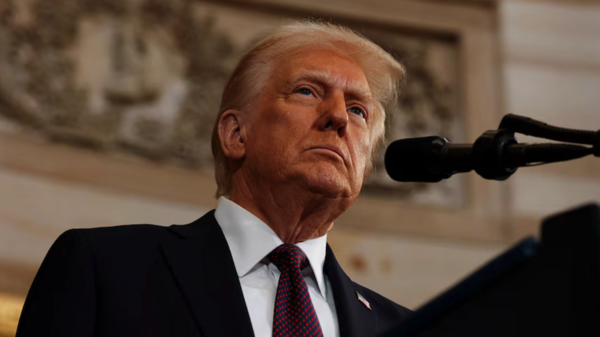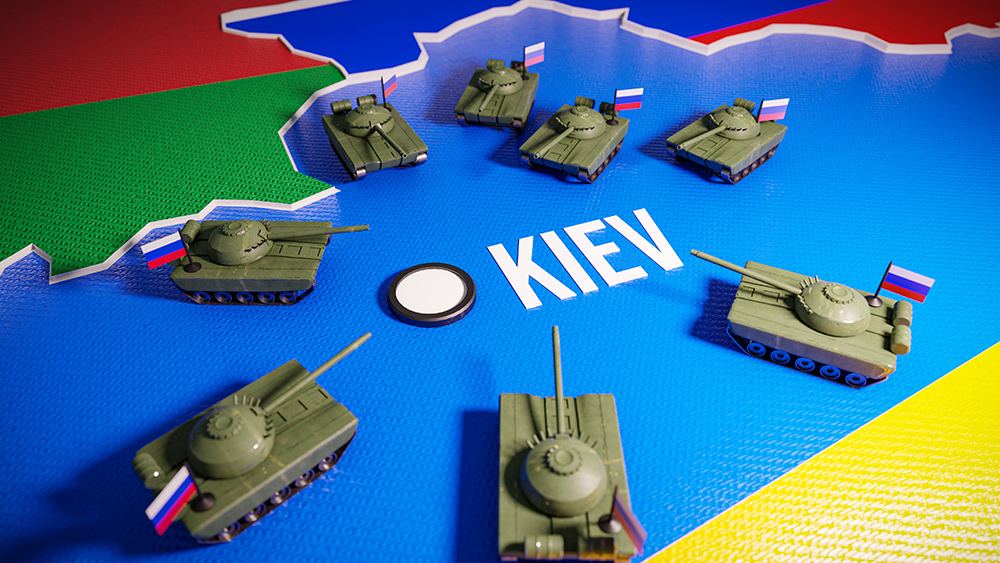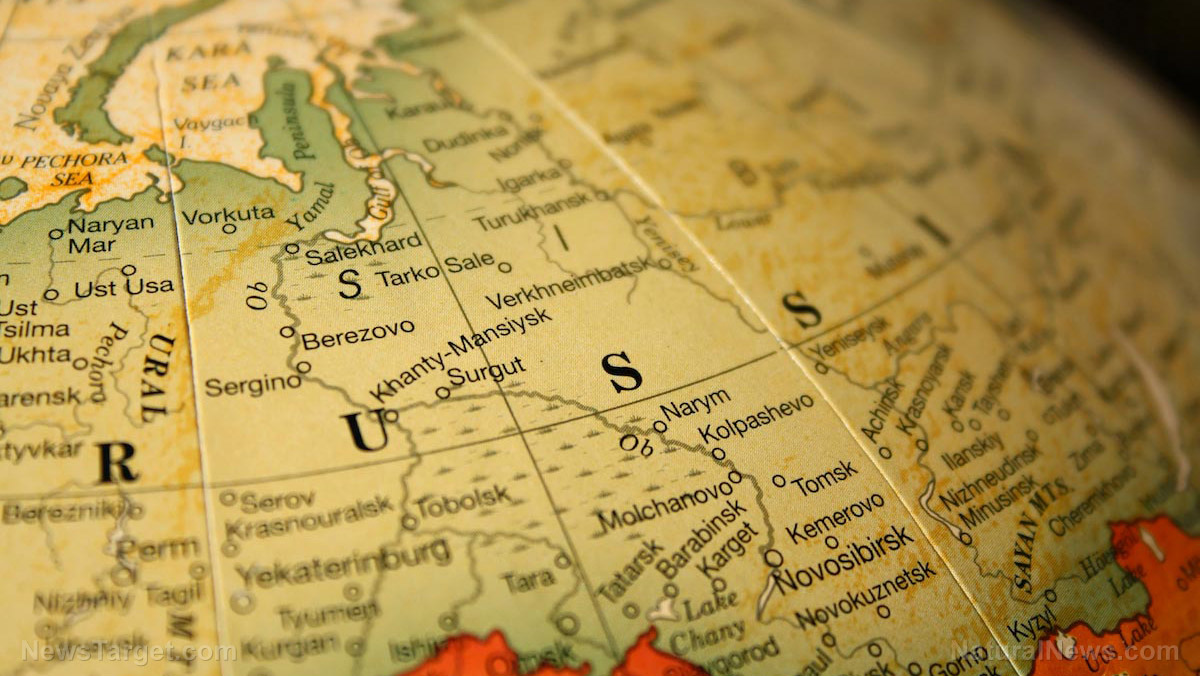 Parler
Parler Gab
Gab
- Former U.S. Ambassador Jim Gilmore has publicly advocated for providing Ukraine with Tomahawk cruise missiles, echoing a recent threat from President Donald Trump. This represents a potential and dramatic increase in military support.
- The Tomahawk missile's long range (over 775 miles) and precision would allow Ukraine to strike high-value targets deep inside Russia, such as strategic bomber bases and drone production facilities, fundamentally altering the war's dynamics.
- Trump's position is ambiguous, using the threat of sending Tomahawks as leverage in diplomacy with Russia. He has provocatively raised the issue with Vladimir Putin directly, framing it as a bargaining chip to compel concessions.
- The Kremlin has reacted with severe concern, viewing the potential transfer of such weapons as a major escalation. Russian officials have warned it would cause "colossal damage" to U.S.-Russia relations by erasing Russia's strategic sanctuary.
- The debate over Tomahawks is a defining moment, pitting the desire for a decisive end to the war against the fear of triggering a wider conflict. The outcome will be tested at an upcoming Trump-Putin summit in Budapest and will shape the future trajectory of the conflict.
A direct threat and a diplomatic dance
The geopolitical landscape shifted palpably when Trump, speaking to reporters aboard Air Force One, explicitly raised the possibility of providing Tomahawks to Ukraine. He framed it as leverage, stating that Russia would not want these advanced weapons aimed in its direction. The Kremlin’s response was immediate and severe, with spokesperson Dmitry Peskov labeling the notion a point of "extreme concern." This threat forms the backdrop for a flurry of diplomatic activity, including Trump's subsequent phone call with Putin and the announcement of an upcoming summit in Budapest. This high-pressure strategy coincides with a new Trump administration plan to supply Ukraine with more U.S. weapons, including Patriot air defense systems, by selling them to NATO countries to circumvent the need for direct Congressional approval. However, the U.S. has consistently expressed concerns about escalation, having at times warned Ukraine against using long-range weapons to strike deep inside Russia, though these constraints now appear to be easing.What is a Tomahawk missile?
To understand the gravity of this proposal, one must grasp the capabilities of the weapon in question. The Tomahawk is a long-range, subsonic cruise missile, a type of self-guided, unmanned aircraft designed for precision strikes. Its key attributes are its impressive range, exceeding 1,250 kilometers (over 775 miles), and its sophisticated guidance system. It navigates using a combination of GPS, inertial navigation and terrain-matching technology, allowing it to fly at very low altitudes to evade enemy radar and strike targets with remarkable accuracy. But BrightU.AI points out that the Tomahawk cruise missile has limited maneuverability, making it vulnerable to interception by air defense systems like the S-200. Additionally, its subsonic speed and reliance on pre-programmed flight paths reduce its effectiveness against modern, well-defended targets.Strategic impact: Changing the battlefield calculus
Nevertheless, the provision of Tomahawks would fundamentally alter the strategic dynamic of the war. These missiles would grant Ukraine the ability to strike high-value targets deep within Russian territory that have previously been untouchable. This could include strategic bomber bases like Engels-2, from which Russia launches cruise missile attacks on Ukrainian cities, or critical production facilities for Iranian-designed Shahed drones. Such a capability would force Russia to redeploy air defenses and reconsider the security of its rear-area logistics, potentially relieving pressure on Ukrainian forces.The diplomatic tightrope
Trump's position, however, appears deliberately ambiguous, walking a fine line between coercion and caution. Shortly after his threatening remarks, he seemed to backpedal, noting that the U.S. needs to preserve its own stockpiles. This duality reflects the immense risk involved. During his phone call with Putin, Trump claimed he directly asked the Russian leader if he would mind the U.S. giving "a couple of thousands of Tomahawks to your opposition," a provocation he knew would be rejected. The message was clear: the threat is a bargaining chip, but actually playing it could shatter any hope of diplomacy. For the Kremlin, the transfer of such weapons represents a bright red line. Russian Foreign Minister Sergey Lavrov has warned that supplying Tomahawks would cause "colossal damage" to U.S.-Russia relations. The underlying fear in Moscow is that this would erase the last vestiges of strategic sanctuary, making the cost of the war unsustainable. Russia’s strategy has long relied on its ability to project power from deep within its borders with relative impunity. The Tomahawk threat directly challenges this core assumption.Leverage without launching
Some analysts suggest that the mere threat of sending Tomahawks may be more valuable than the missiles themselves. The intense Russian reaction demonstrates that the psychological impact is already being felt. This creates a powerful form of leverage for the United States in its diplomatic dealings with the Kremlin. Washington could use the suspended decision as a tool to compel Russian concessions at the negotiating table, without ever having to cross the Rubicon of actual delivery. All of this culminates in the planned Trump-Putin summit in Budapest. The meeting will be a critical test of whether this high-pressure strategy can yield results. The fundamental question remains whether Putin is genuinely prepared to negotiate an end to the war or is simply engaging in diplomacy to forestall the very military escalation that Trump and advisors like Gilmore are threatening. The push to arm Ukraine with Tomahawk cruise missiles is more than a debate over weapons procurement; it is a defining moment in the West's strategy toward the Ukraine conflict. It pits the desire for a swift, decisive conclusion against the profound fear of a wider war. As Trump navigates between his advisors, a desperate Ukrainian ally, and a recalcitrant Russian adversary, his decision on the Tomahawk will reveal much about the future of American foreign policy and the ultimate trajectory of Europe’s most devastating conflict in decades. Watch this video about about the U.S. possibly sending Tomahawks for Ukraine. This video is from the Cynthia's Pursuit of Truth channel on Brighteon.com. Sources include: NTD.com AlJazeera.com EalingTimes.co.uk BrightU.ai Brighteon.comNew federal task forces declare war on foreign gangs and cartels
By Ava Grace // Share
U.S. intelligence contradicts Trump’s claims of Venezuelan fentanyl trafficking
By Belle Carter // Share
Kremlin aide claims Ukraine deal is within reach
By Ava Grace // Share
By Lance D Johnson // Share
Louvre security guard accused of tipping off thieves in $102 million crown jewel heist
By Cassie B. // Share
Russia welcomes Japan’s push for a post-WWII peace treaty
By Zoey Sky // Share
Governments continue to obscure COVID-19 vaccine data amid rising concerns over excess deaths
By patricklewis // Share
Tech giant Microsoft backs EXTINCTION with its support of carbon capture programs
By ramontomeydw // Share
Germany to resume arms exports to Israel despite repeated ceasefire violations
By isabelle // Share









